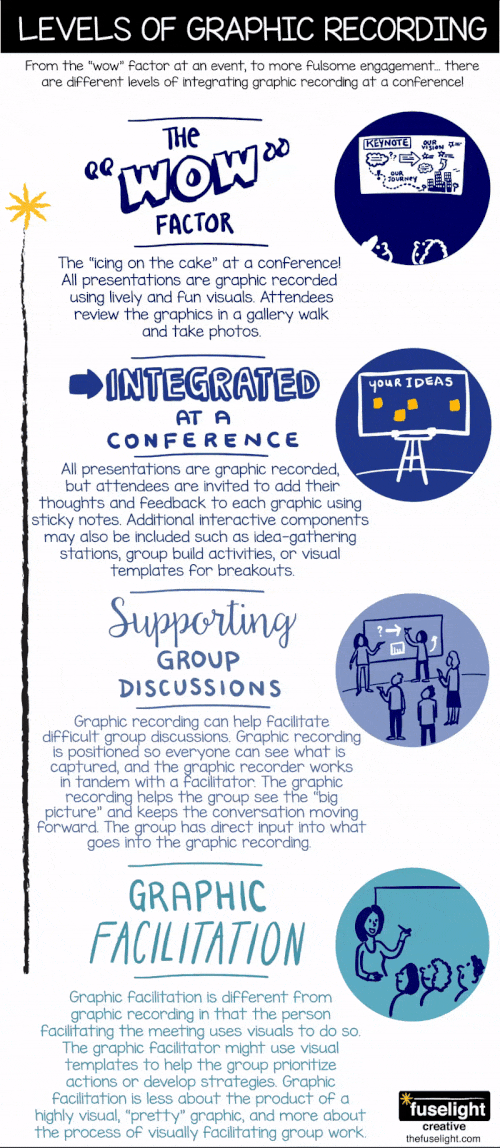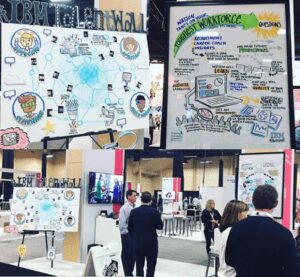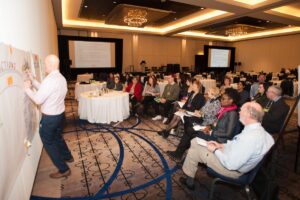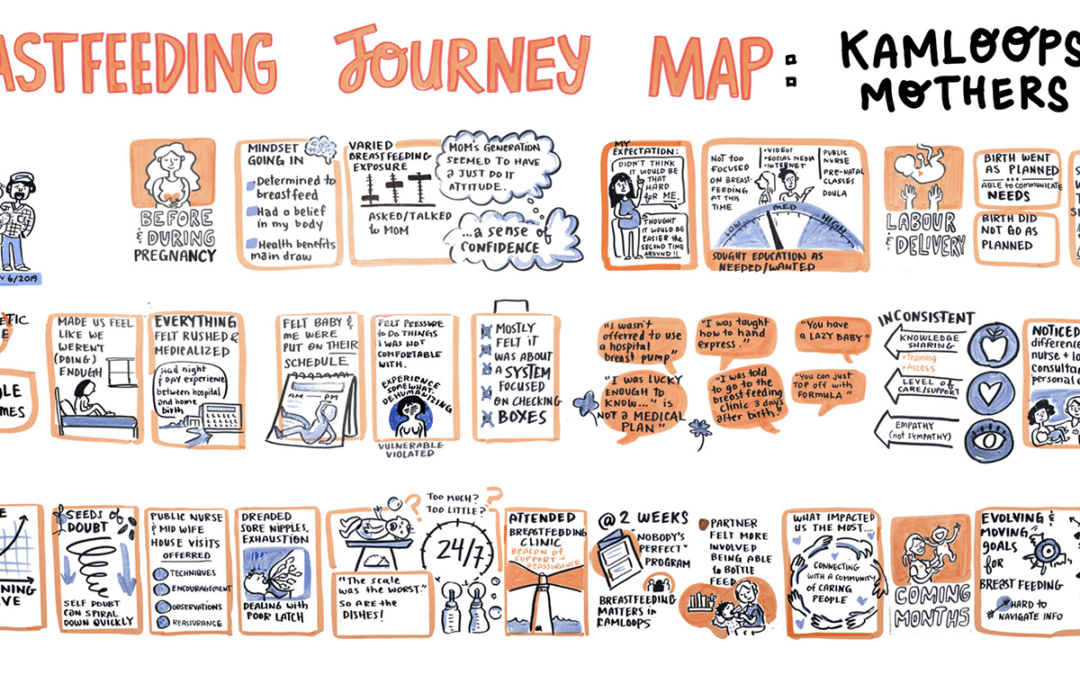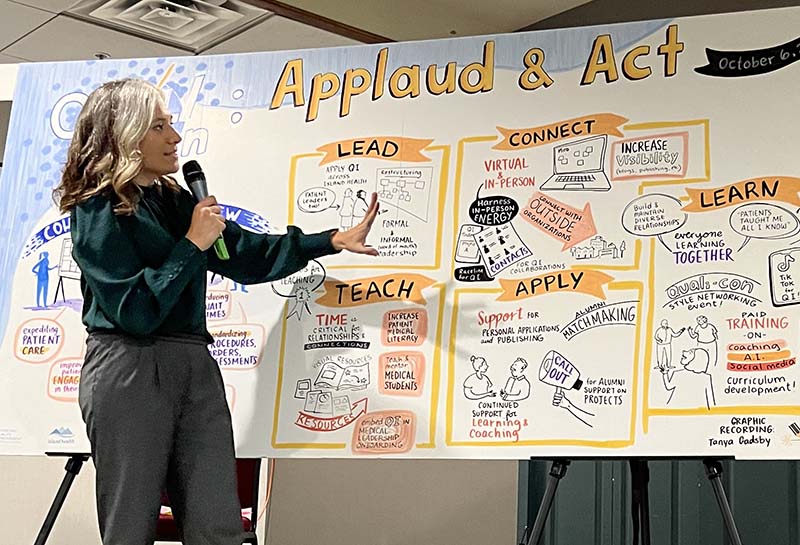You’re thinking about hiring a graphic recorder for your organization’s upcoming conference, retreat, or workshop. But it’s important to understand there are different levels of graphic recording, and each has a different impact on your audience.
Before finding the right graphic recorder for your conference, it’s important to consider the level of graphic recording you need. Do you want an eye-catching “wow” for conference attendees? Do you want to engage attendees on a deeper level? Can the graphics help guide strategy and difficult conversations?
There is no “right” level of graphic recording – each serves a different and valuable purpose! Below is an animated infographic describing the different levels of graphic recording:
Levels of Graphic Recording
1. Graphic Recording as the “Wow” Factor at a Conference
Graphic Recording used at IBM conference to attract people to different stations.
The graphic recorder captures keynotes, panel discussions, and any presentations at the conference. The graphic recordings are lively, playful, colourful, and are displayed where attendees can do a gallery walk and take photos. There is rarely any deeper engagement with attendees, however because the graphic recordings are engaging and lively, they’re excellent for posting on social media, using in conference reports, and as impressive takeaways for attendees.
2. Graphic Recording Integrated at a Conference
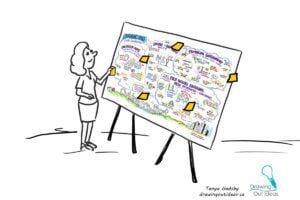
Conference participants add ideas to a graphic recording using sticky notes.
Similar to option 1, the graphic recorder captures all presentations and discussions, but there is also more engagement with attendees. This level of graphic recording might include an opportunity for attendees to write ideas or thoughts on sticky notes and add them to the graphic recordings; breakout groups might use big visual templates to help guide their thinking; or there might be an interactive station where the graphic recorder asks people to contribute ideas that are incorporated on a large graphic, often called a “Knowledge Wall.”
3. Graphic Recording Supporting Group Discussions
Visual Template facilitating group discussions.
Graphic recording can help facilitate difficult conversations. For example, if a group needs to reach consensus on a vision for the next five years, the graphic recorder will capture the discussion in real time, reflecting ideas back to the group and helping them move forward, rather than getting stuck in a spiral of misunderstanding or confusion. This is typically done in tandem with a facilitator. The graphic recorder may also invite participants to direct what goes into the graphic recording or what needs to be changed / removed. Visual templates may also be used to help guide the discussion.
4. Graphic Facilitation
Graphic facilitation is different from graphic recording in that the person facilitating the meeting uses visuals to do so. For example, the graphic facilitator might use visual templates to facilitate the group’s prioritization of actions over the next year. Graphic facilitation is less about the product of a highly visual / eye-catching graphic, and more about the process of facilitating group work visually.
These levels of graphic recording each have a unique impact at a conference — but keep in mind there is no “right” level of graphic recording… just what will work best for your conference!
